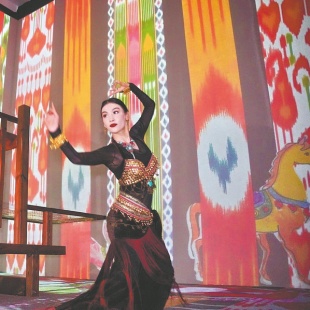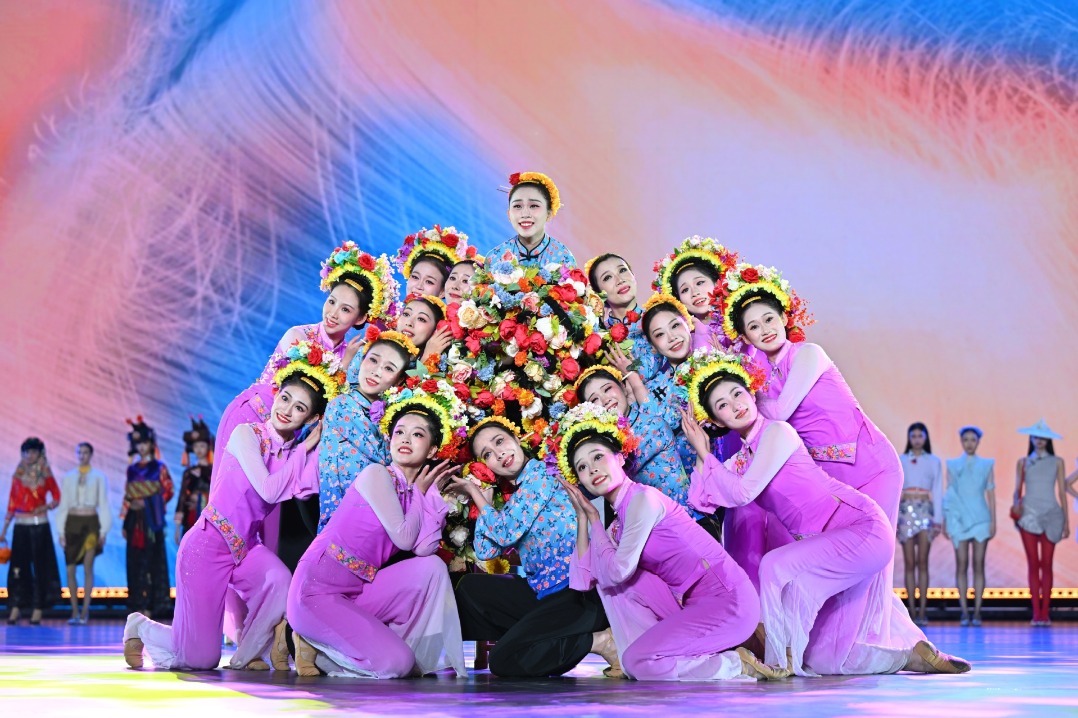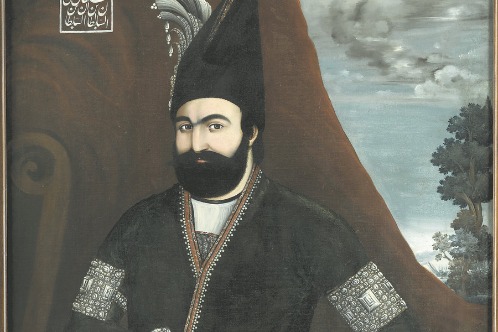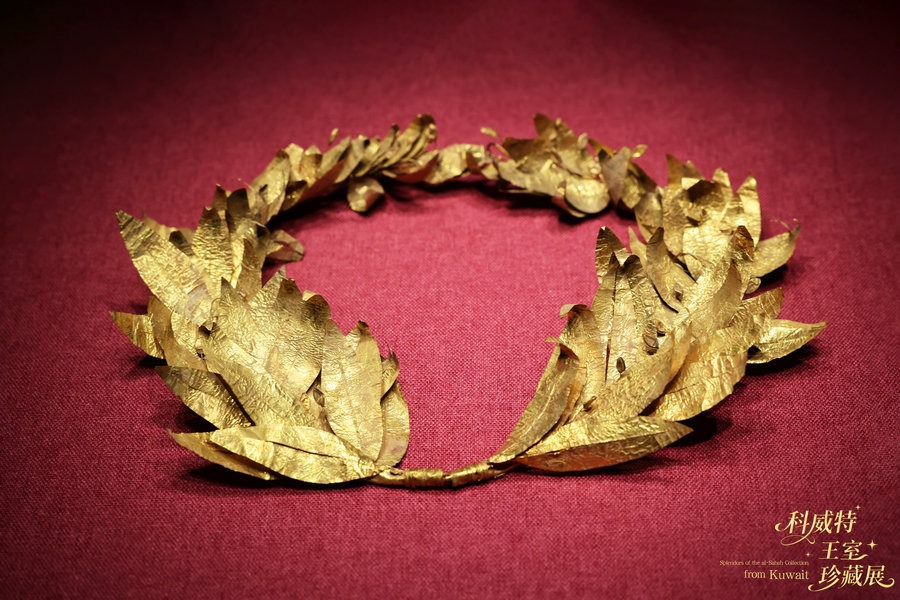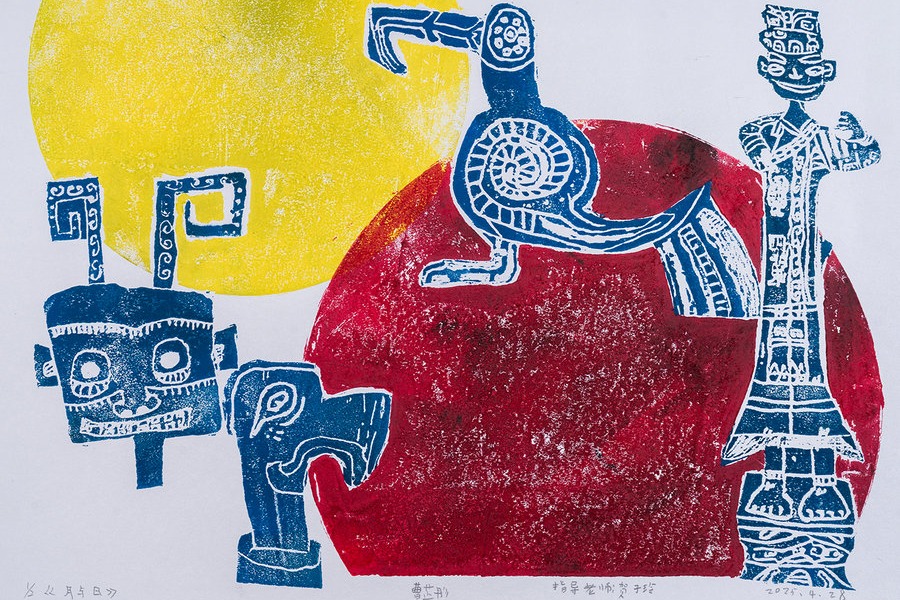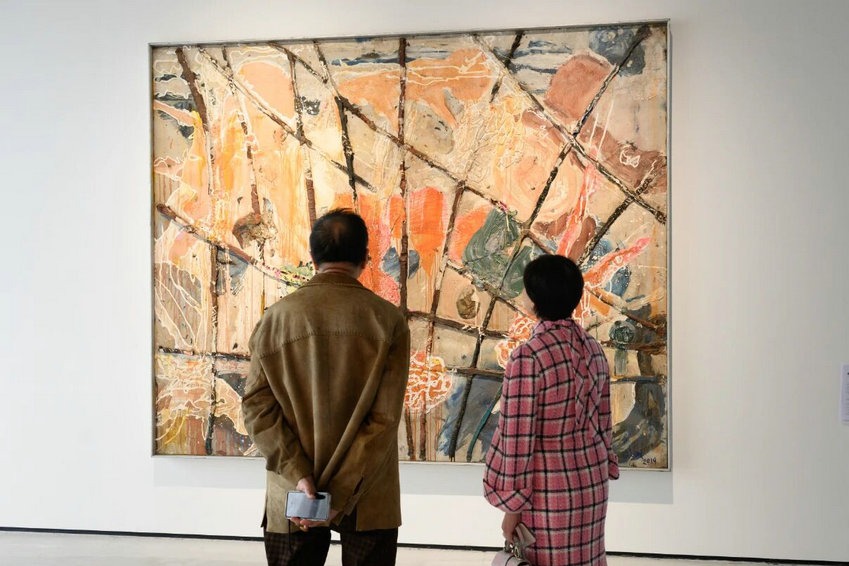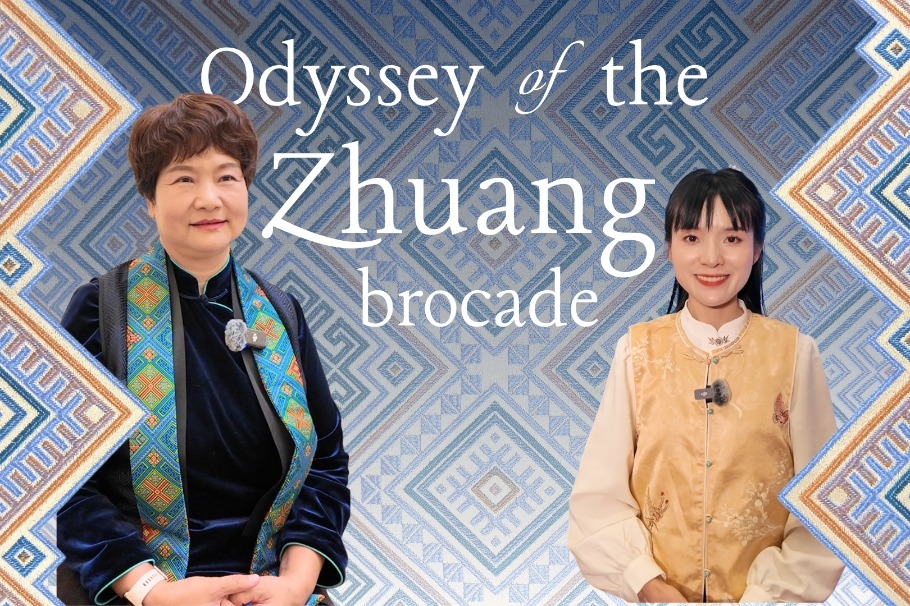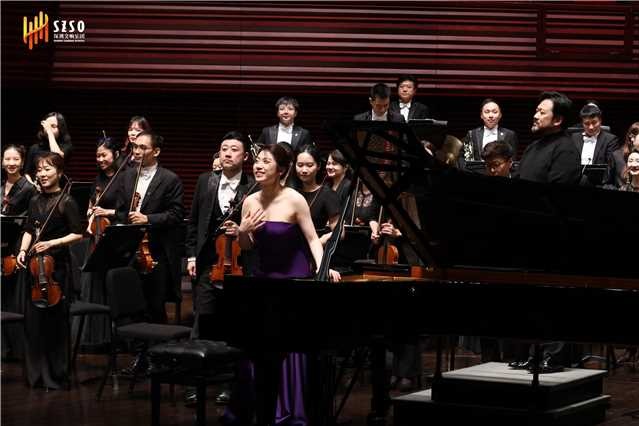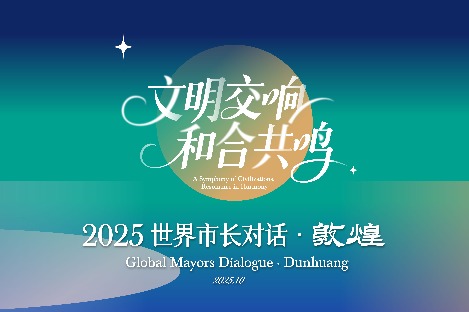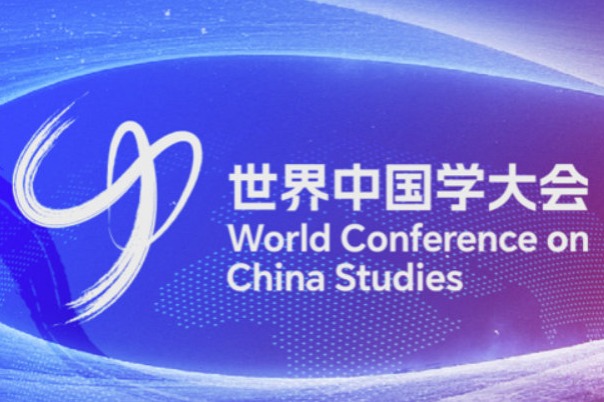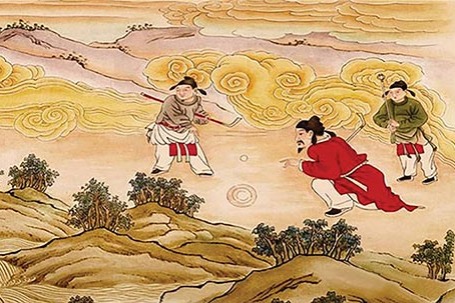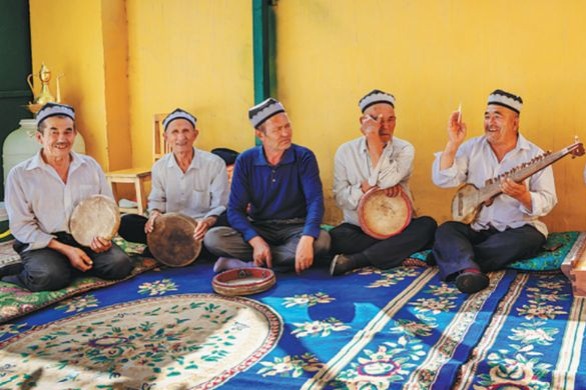Modern complements to tradition
Technology is revitalizing heritage, expanding its language, ensuring that ancient cultures resonate louder and reach farther, Yang Feiyue reports.


A short distance away, audiences exclaimed in awe as traditional Chinese patterns came to life through a dazzling display of digital fireworks. The installation, created by the Public Art and Experience Design Studio of the Central Academy of Fine Arts, introduced audiences to auspicious motifs such as grapes and the ornamental ceilings of Dunhuang, all reinterpreted through digital light.
With a simple touch of the ignition device, audiences watched cultural symbols and the colors of Xinjiang's Atlas silk bloom into radiant fireworks across a virtual Silk Road.
"The audience, through the gesture of striking a match, was experiencing the intangible cultural heritage technique of making fireworks and firecrackers. This not only evoked warm memories of traditional festivals but also conveyed the Chinese cultural value of reunion and togetherness," said Lu Yingying, a mentor from the CAFA studio.
The studio also staged two other tech-enabled immersive programs.
The Shadow Play: Dragon Palace focuses on the preservation and creative reinterpretation of traditional shadow puppetry within the context of the Dragon Palace mythology, where visitors can interact with puppet figures on a screen, using a sticklike device to guide their movements.
The work is different from traditional shadow puppetry, in which the audience only watches, and the performers perform, offering a fresh perspective on how this ancient art can be expressed in today's world.
The other digital interactive art installation, Eternal Echo, is inspired by the intangible cultural heritage of Henan's nigugu — clay whistles that produce a pleasant "cooing "sound when blown.

These clay whistles, often shaped like historical characters or animals, are rich in cultural meaning and folk tales. Human and animal forms serve as symbols of ritual, remembrance, and reverence toward nature.
The installation enabled visitors to activate the digital clay figures by blowing into sensors, triggering a process of dispersion and reorganization. As the figures dissolved, visual scenes gradually emerged — such as "spring swallows heralding abundance", wartime imagery, and local temple fair celebrations — creating an immersive experience centered around disappearance, rebirth and memory.
These works, originally part of a student graduation exhibition, attracted a staggering 250,000 visitors and over 200 million online views.
"What mattered wasn't just the scale, but the appeal to nonspecialist audiences. This significantly expands the reach and influence of traditional culture," Lu said.
This trend of digitization is gaining momentum.
Yin Zijun, creative director of Shanghai Fengyuzhu Culture Technology, has noticed that expressions of intangible cultural heritage are becoming increasingly youthful and innovative. With the rise of new-generation influencers such as Li Ziqi, intangible cultural heritage has emerged as a popular topic across social networking sites. This trend has been further supported by China's 14th Five-Year Plan (2021-25) for cultural development, which encourages the integration of intangible cultural heritage and technology, Yin said.
"In recent years, technologies such as artificial intelligence and interactive virtual reality have been widely applied to cultural experiences, reshaping how intangible cultural heritage is presented," she said.


